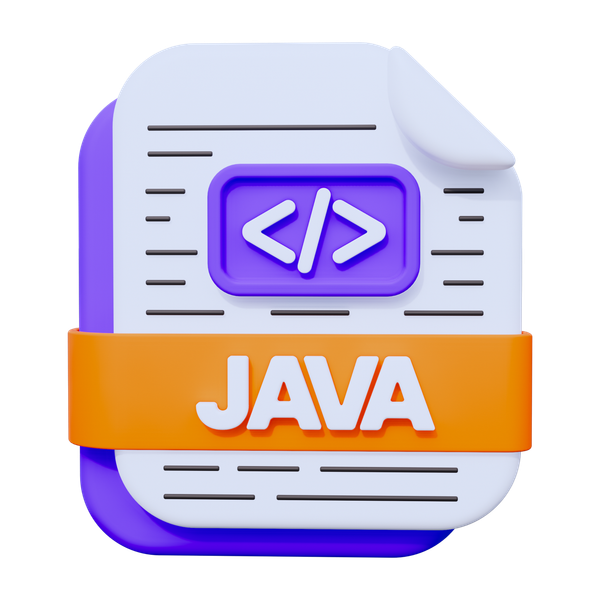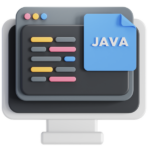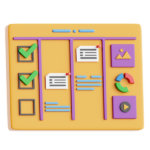Classes, Variables, and Methods
Java, one of the most widely-used programming languages, is known for its clarity, object-oriented nature, and platform independence. At the heart of every Java program are three core entities: Classes, Variables, and Methods. Understanding these entities is key to writing efficient and structured code. Let’s explore them in detail.
1. Classes: The Blueprint for Objects
A class in Java acts as a blueprint or template for creating objects. It defines the structure and behavior (data and methods) that the objects will have.
- Why Classes Matter:
Classes allow you to group related data and operations together, forming the foundation of object-oriented programming (OOP). - Example: Think of a class as a car design blueprint. It outlines the properties (color, model) and actions (start, stop) of a car.
Code Example:
public class Car {
// Properties of the car
String color;
String model;
// Method to describe the car
public void describeCar() {
System.out.println("This car is a " + color + " " + model + ".");
}
}
2. Variables: Storing Data
Variables are the entities that allow us to store and manipulate data within a program. Every variable has a type (like int, String, or double) that determines what kind of data it can hold.
- Types of Variables:
- Instance Variables: Defined in a class and represent the properties of an object.
- Local Variables: Declared within a method and exist only during the method’s execution.
- Static Variables: Shared among all instances of a class.
- Example: A variable in Java is like a car’s fuel gauge—it stores the current level of fuel in the tank.
Code Example:
public class Car {
String color; // Instance variable
String model;
public void fillTank(int liters) { // Local variable
System.out.println("Filling the tank with " + liters + " liters of fuel.");
}
}
3. Methods: Reusable Blocks of Code
A method is a block of reusable code that performs a specific task. Methods make programs modular, easier to read, and more efficient.
- Why Methods Matter:
Methods allow you to break down complex problems into smaller, manageable units of work. - Example: Think of a method as a car’s ignition system. Turning the key (or pressing a button) triggers a pre-defined action to start the engine.
Code Example:
public class Car {
String color;
String model;
public void startEngine() {
System.out.println("The engine of the " + color + " " + model + " is started.");
}
public void stopEngine() {
System.out.println("The engine of the " + color + " " + model + " is stopped.");
}
}
Putting It All Together
When these three entities—classes, variables, and methods—are combined, they form a complete and functional Java program. Let’s see an example where all these elements work together.
Code Example
public class Car {
// Variables (properties)
String color;
String model;
// Constructor to initialize car properties
public Car(String color, String model) {
this.color = color;
this.model = model;
}
// Method to start the car
public void startEngine() {
System.out.println("The " + color + " " + model + " engine is now running.");
}
// Method to stop the car
public void stopEngine() {
System.out.println("The " + color + " " + model + " engine is now off.");
}
// Main method to run the program
public static void main(String[] args) {
// Creating an object of the Car class
Car myCar = new Car("Red", "Tesla Model 3");
// Using the object's methods
myCar.startEngine();
myCar.stopEngine();
}
}
Output:
The Red Tesla Model 3 engine is now running.
The Red Tesla Model 3 engine is now off.
Conclusion
In Java, Classes, Variables, and Methods are the backbone of any program. Classes define the structure, variables store the data, and methods define the behavior. By mastering these three entities, you’ll have the skills to write clean, organized, and efficient Java programs. Ready to build your Java skills? Start experimenting with your own classes, variables, and methods today! 🚀



